Emperor Caligula is best known for his cruelty and eccentricities—the Roman emperor who allegedly promoted his horse to consul and murdered on a whim. But a new article announces a surprising element of the notorious emperor: his apparent familiarity with ancient medicine, in particular the use of hellebore, an active herb linked with the Greek city of Antikyra.
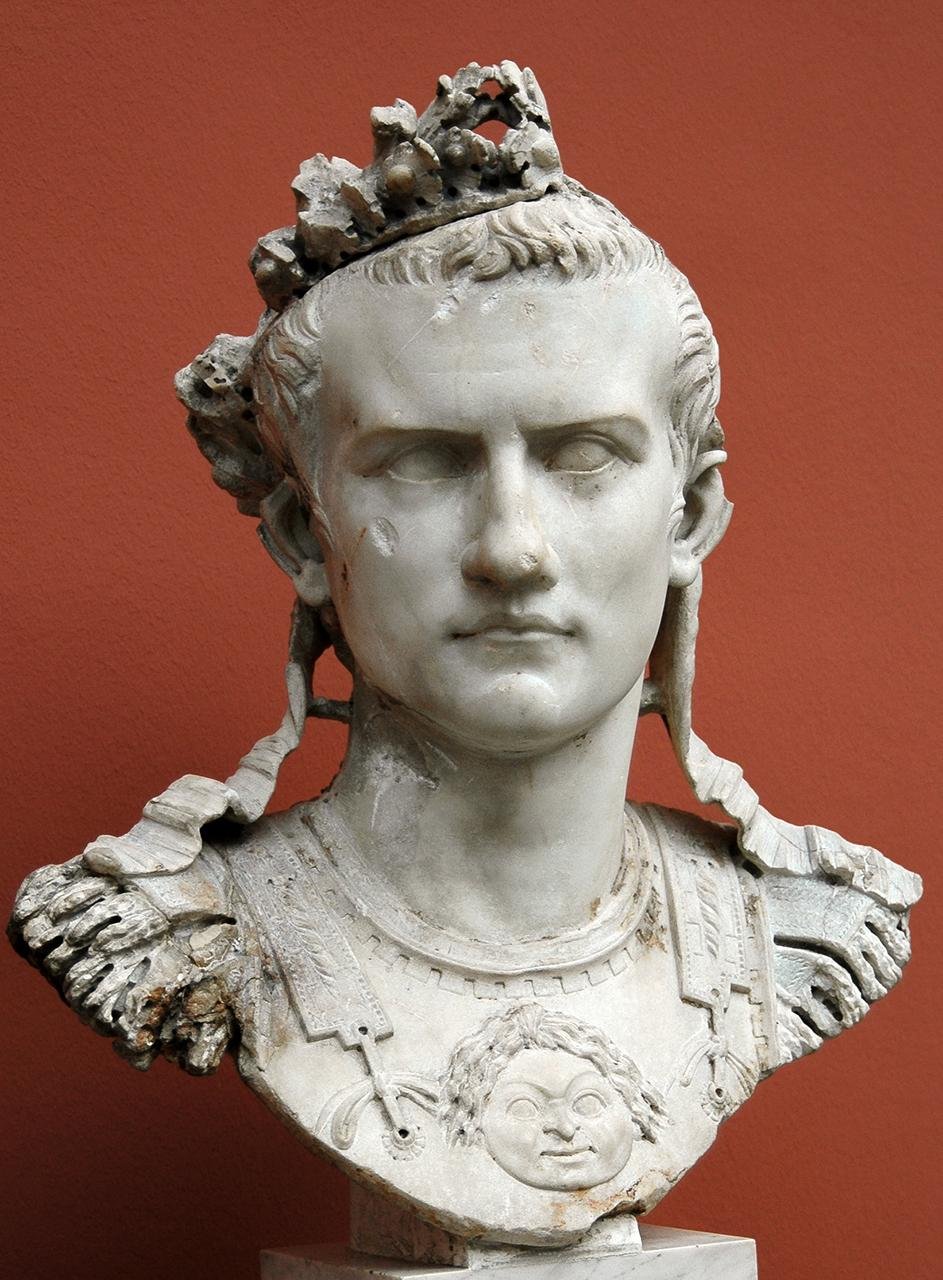
In Proceedings of the European Academy of Sciences & Arts, Andrew J. Koh of Yale University and Trevor S. Luke of Florida State University return to a brief anecdote that the Roman historian Suetonius has left us. It entails a praetorian-ranked Roman senator who traveled to Antikyra to remedy an unspecified illness with hellebore, a plant applied in ancient times to treat epilepsy, melancholy, and mental illness. When the senator kept asking Caligula to give him an extension for his medical leave, the emperor ordered his execution, reputedly stating, “A bloodletting was necessary for one whom hellebore had not benefited in all that time.”
This sinister quip, hitherto understood to be a mark of Caligula’s sadism, can be seen to represent a nuanced awareness of medical practice in ancient Rome. According to the researchers, the remark actually reflects the language of medical texts of the period. It suggests that Caligula would have known the therapeutic duration of hellebore and even had knowledge of alternatives, such as bloodletting, promoted by Celsus in De Medicina, a treatise penned during the period of Caligula’s predecessor, Tiberius.
Researchers at the Yale Ancient Pharmacology Program (YAPP) combined ethnobotanical fieldwork in modern Greece with close reading of ancient materials like the Vienna Dioscorides manuscript. They discovered that while large quantities of hellebore likely did not exist even in Antikyra, the town was renowned for its unique healing potions, most typically combining hellebore with another plant, sesamoides, to counteract its toxic effects. These potent potions helped build Antikyra’s reputation as a kind of “Mayo Clinic of the Roman world,” Koh explains.

Antikyra’s reputation as a healing center had already drawn Roman elites during the first century BCE. Caligula’s own great-great-grandfather, Marcus Livius Drusus, was treated successfully for epilepsy there in 91 BCE. The town was part of a growing trend in “ancient medical tourism,” in which affluent Romans traveled abroad for specialized care.
The researchers argue that Caligula’s association with Antikyra and hellebore was not coincidental. Ancient texts suggest the emperor suffered from insomnia, epilepsy, and mental illness—all conditions traditionally treated with hellebore. His paranoia may also have driven him to study poisons and antidotes: his father Germanicus died suspiciously, which the family believed involved poisoning. This climate of fear may have prompted Caligula to dabble in pharmacology—not just because he was interested, but because he needed to survive.
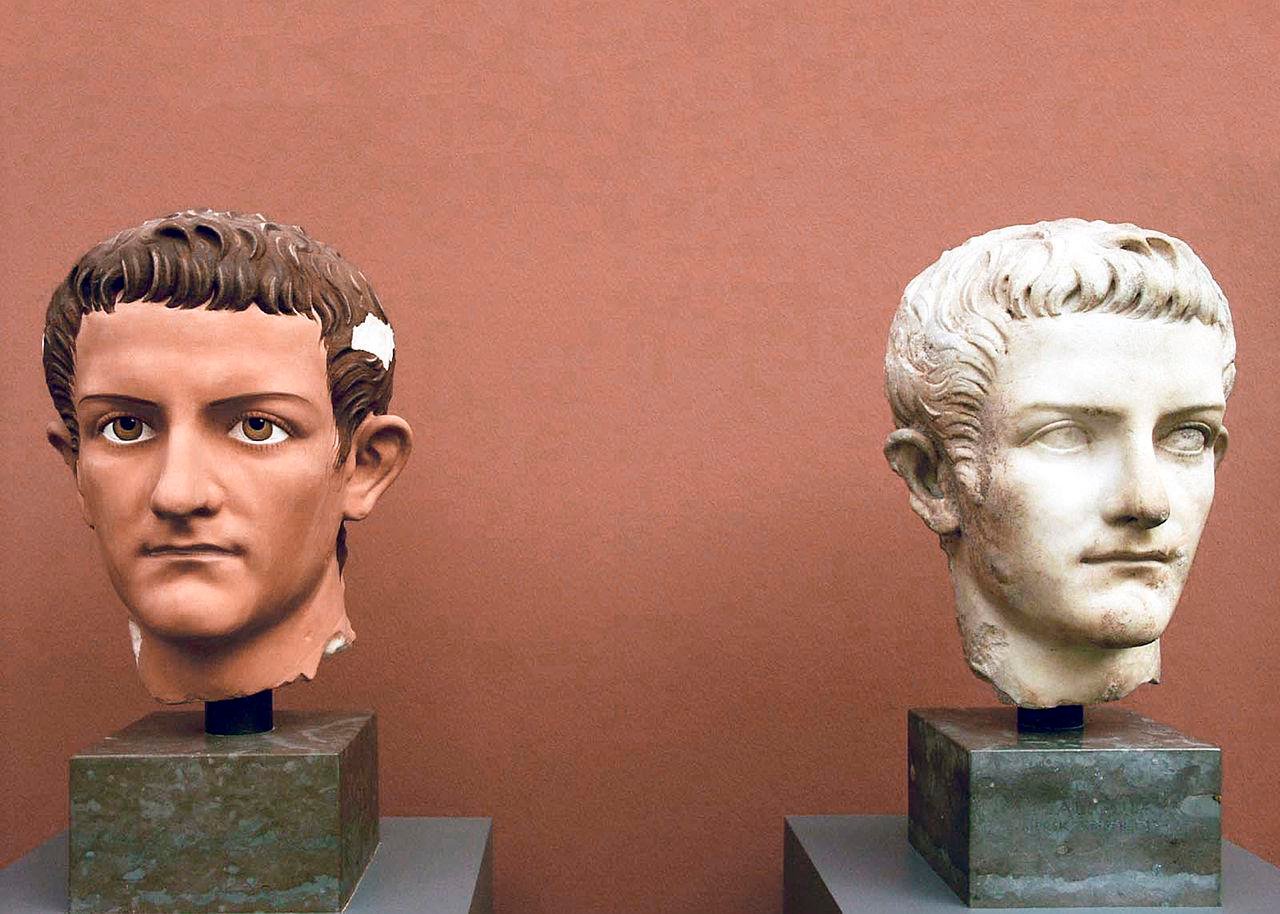
Caligula’s increased engagement with medical understanding is also supported by texts from the philosopher Philo of Alexandria, who, while a critic of Caligula, wrote that the emperor had extensive practical knowledge, including knowledge of medicine. Philo even accused Caligula of corrupting Apollo’s healing art for personal ends—a charge which ironically proves that he was familiar with those arts.
Although Suetonius and other ancient historians painted Caligula as a madman, Koh and Luke suggest that these portrayals may have deliberately twisted facts. The emperor’s interest in medicine, particularly his knowledge of hellebore and Roman pharmacology, could have been distorted into sinister narratives about mass poisoning.
The researchers’ study does not aim to restore the overall image of Caligula but seeks to present a more complex image—one that recognizes the way medical knowledge was utilized, interpreted, and politically manipulated in antiquity.



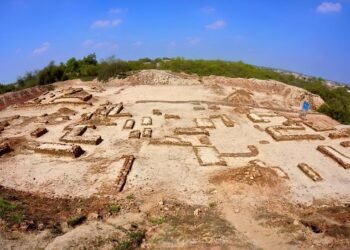
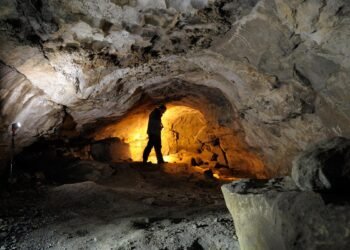

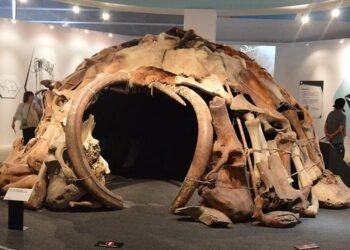

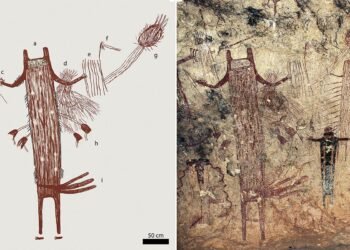














An interesting article. As with all primary sources, scholars view these commentaries with well- founded, healthy scepticism. Much of what was published in ancient times was done so with an eye to pleasing the current ruler, or was deliberately written to glorify such rulers. Caesars Gallic Wars was not written by him but by writers who may have been with him during that war. Augustus’ Res Gestae is yet another example of glorification of a ruler.
This is not meant to disregard those tracts or any other primary sources .or to determine authenticity. Scholars will look to other contemporary writings to compare and contrast. Primary source can often be written decades or centuries after the ruler or event, using earlier sources which no longer exist.
Taking this into consideration, long- held attitudes to rulers like Nero or Caligula can be based on negative rather than positive contemporary writings.. There is no proof or evidence, for example, that Nero played the fiddle while Rome burnt. Yet we know he instituted the Roman Vigiles as fire – fighters.
As for that inestimable ancient text, the New Testament, it was not written by contemporary writers for the most. The contemporary sources, for example, Peter or Paul were composed by others using contemporary writings- for example Paul’s Epistles of which there were many copies at the time. Flavius Josephus, upon whom many Christian ( and non Christian researchers) depend on was a Romanized Jew and later convert to Christianity. That later conversion would cast some doubt in historians minds purely to new religious fervour ( my terminology). To deny that possibility is to ignore the history of ancient documents- as I’ve mentioned above.
So the New Testament, like most documents recording history, not only in ancient times, certainly had their biases and favouritism. This is only to be expected.
But can all these documents be considered ” truth” especially when it comes to the achievements of rulers or religious leader?
Certainly not, unless you can corroborate them with reference to other primary sources- and even then, prove veracity. With religious historical documents, viewed through faith alone clouds scientific assessment.
To close my comments, the article on Caligula is yet another scientific commentary that serves to open our minds and beliefs to newer views or ideas. This is an essential part of the scientific process.
Thankyou to the authors and Archaeological News for publishing it.
“Flavius Josephus, upon whom many Christian ( and non Christian researchers) depend on was a Romanized Jew and later convert to Christianity.”
I am unaware of any claim that Josephus converted to Christianity. Is this a new discovery? Perhaps you were referring to Saul (Paul)? This would be a remarkable turn of events.
Thanks for the chance to read it..
I believe a real story about Caligula ought to be written into historical novel form and maybe produced as a popular film. The film we all know, I certainly remember it, was just X rated trash for what I am now, old men and mischievous little college boys. Snicker, snicker that all the fraternity brothers gather and go to the art house like The Drexel Theater in Bexley. I remember that it was showing there, like Rocky Horror Picture Show.
No, I still never have seen either movie.
Try reading I Claudius by Peter Graves, also Caligula was portrayed by John Hurt in
the masterpiece theater twelve part series of l Caudius.
If even Caligula’s critics acknowledged his medical knowledge, could his engagement with healing arts reveal a more complex ruler—one who wielded expertise not just for power, but as a tool of imperial identity?